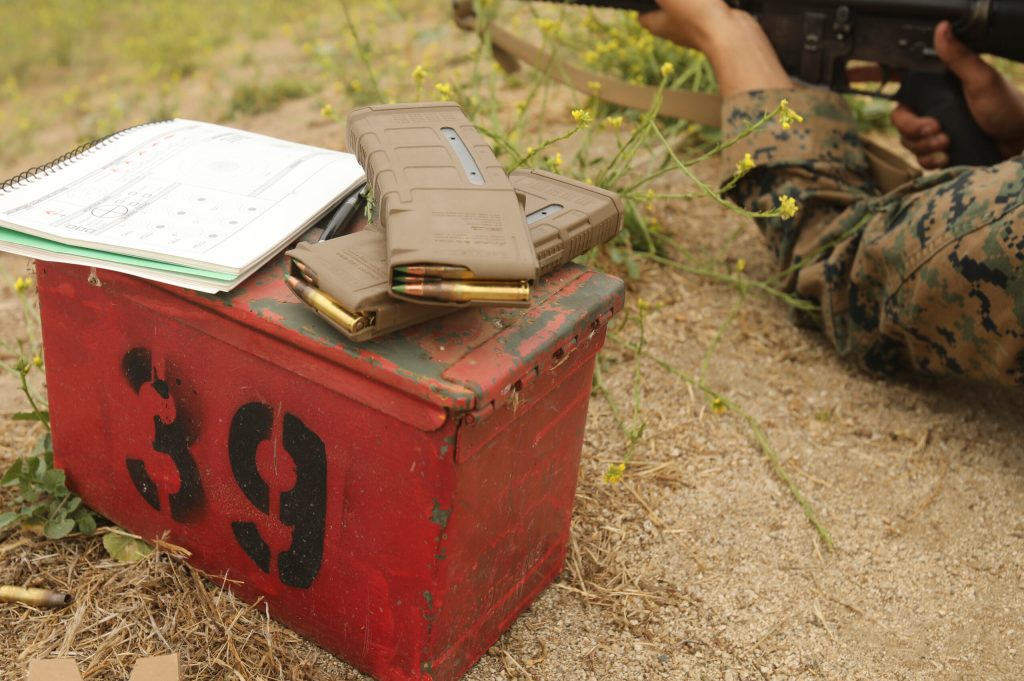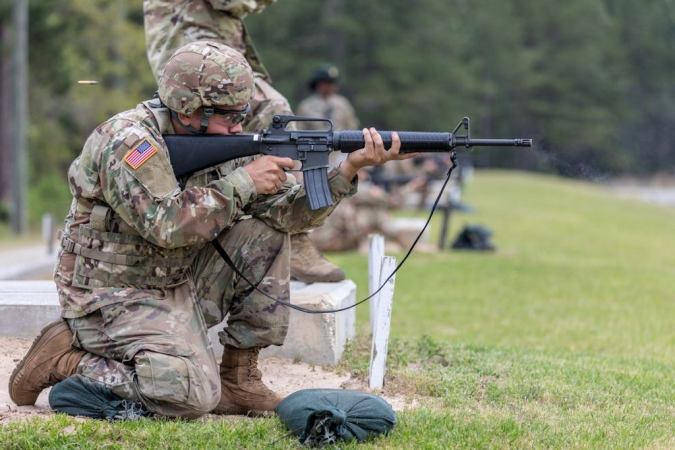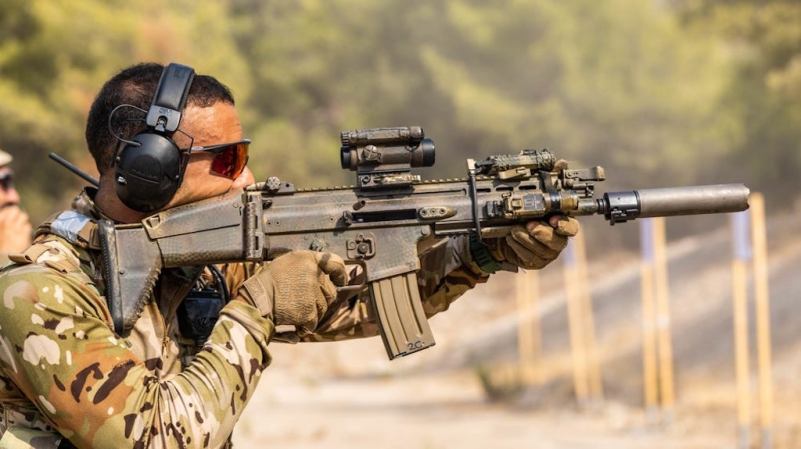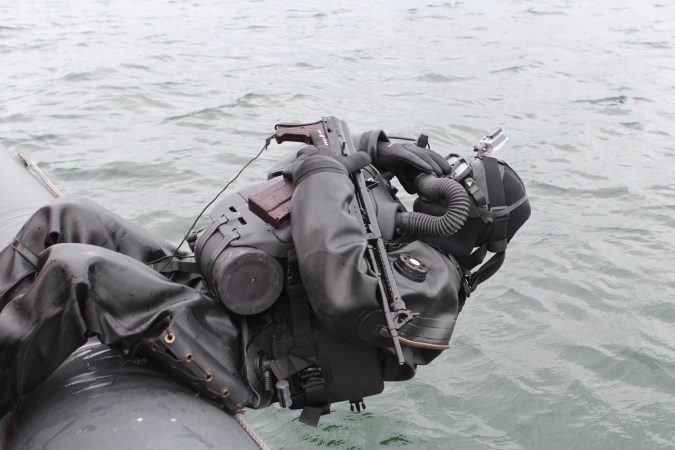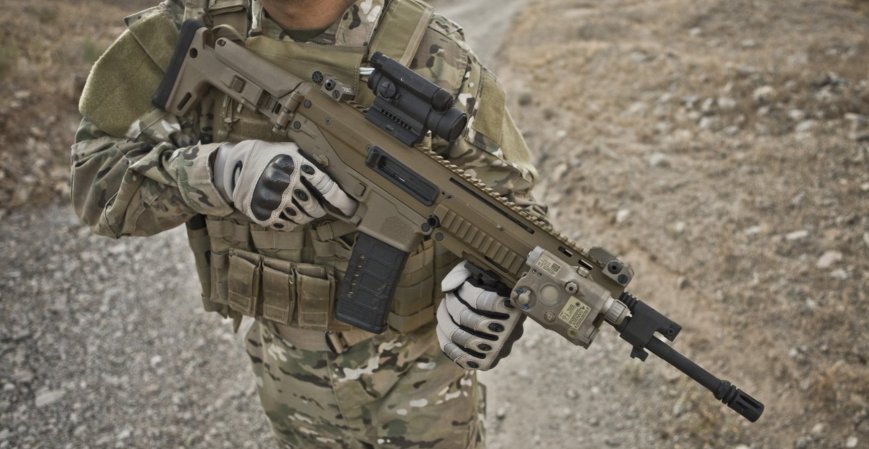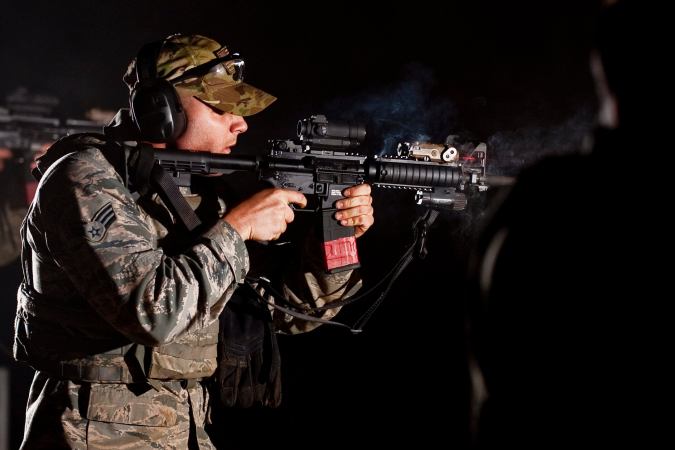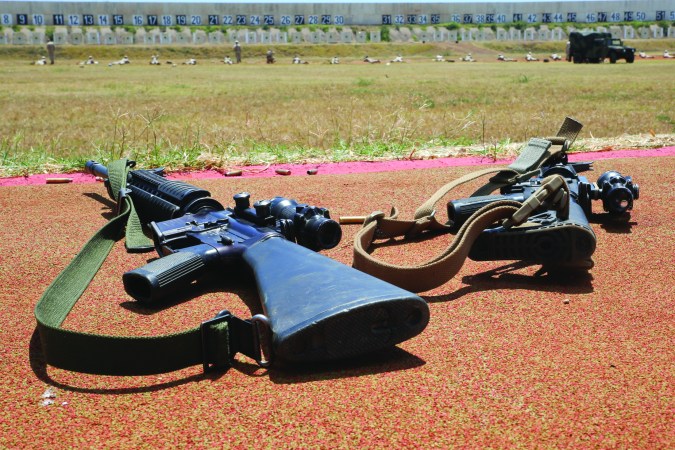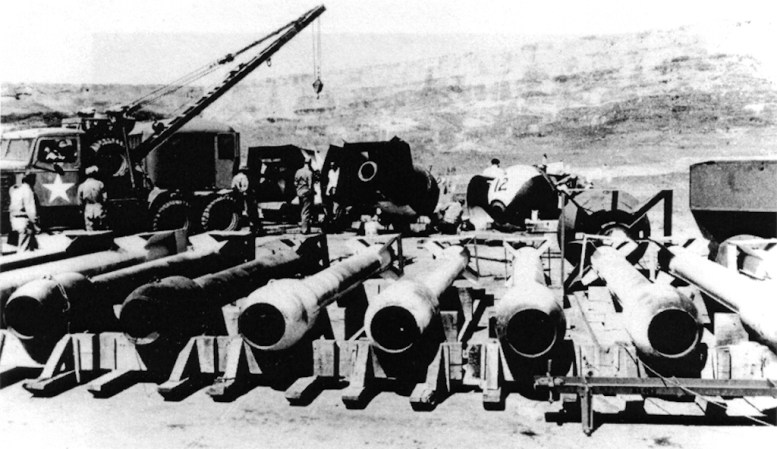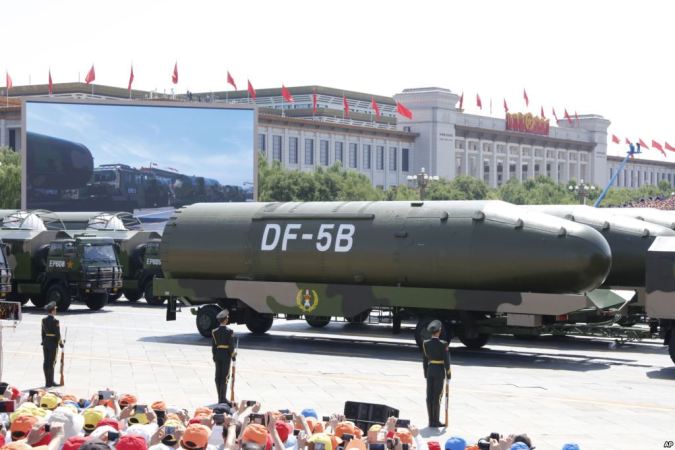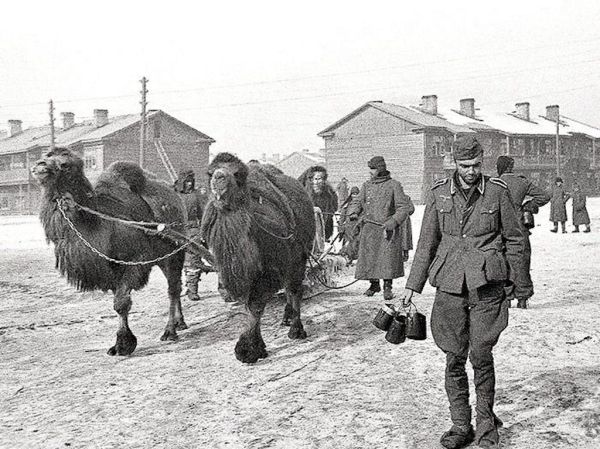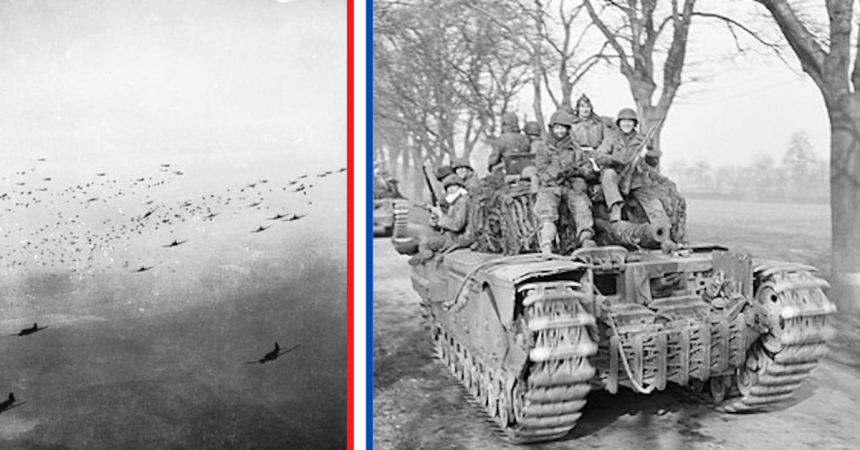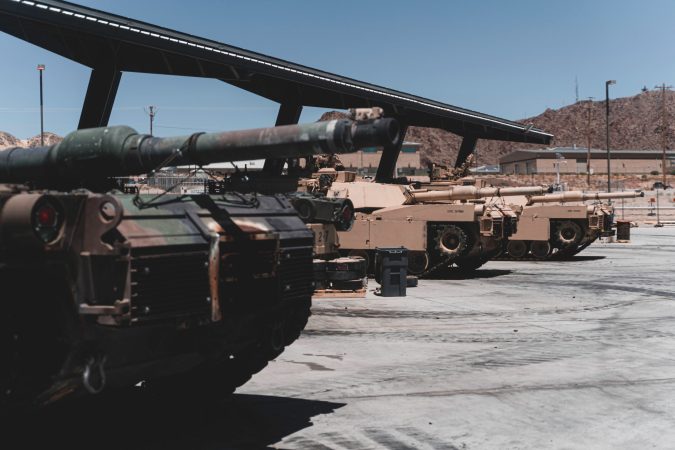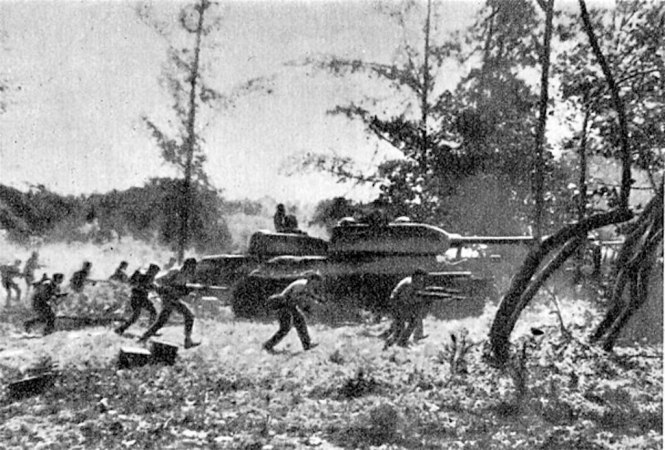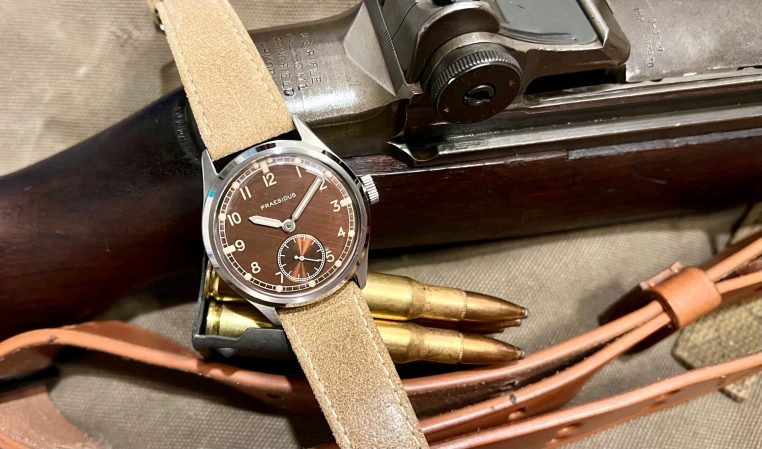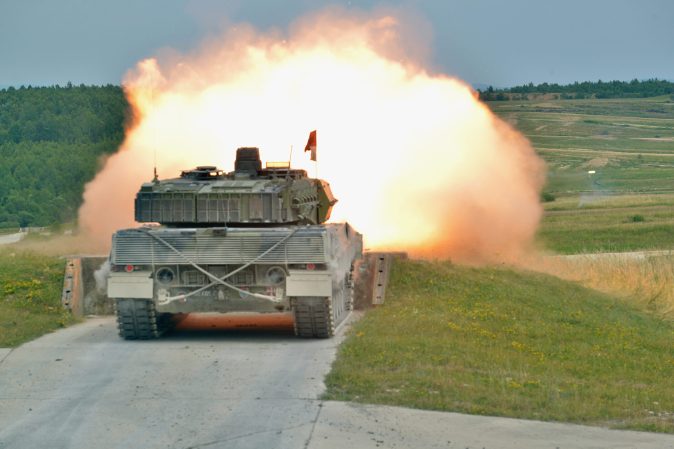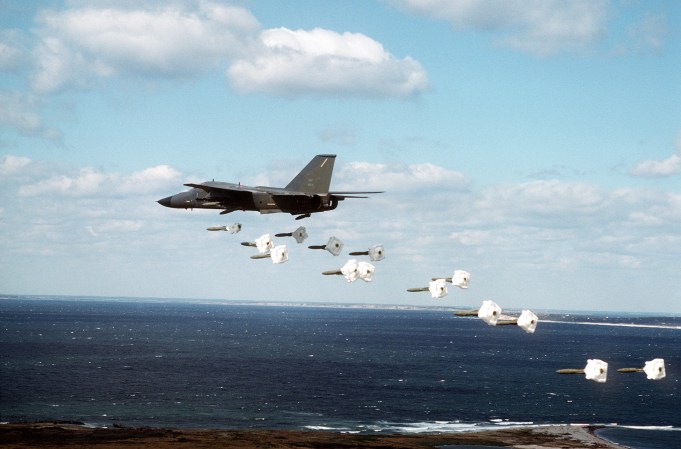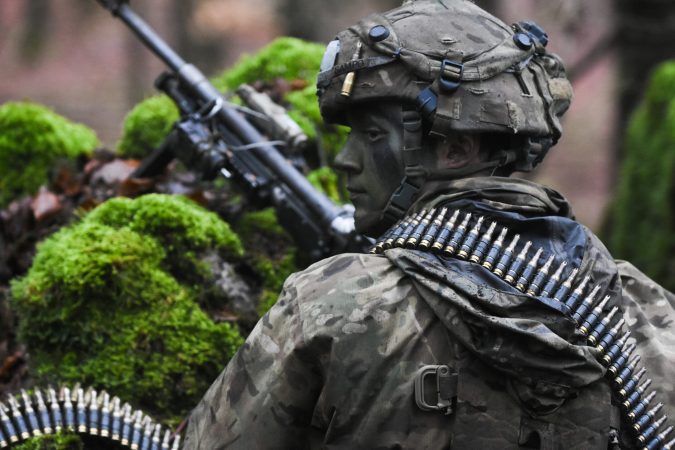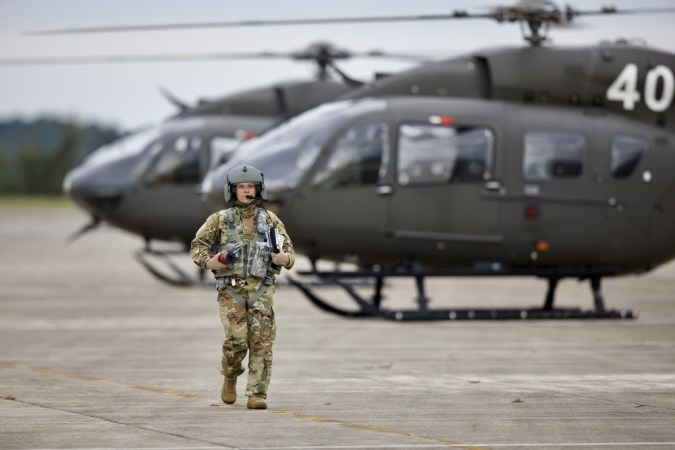Reliable magazines are crucial in military firearms. If a magazine can’t feed the weapon, the weapon itself is useless. Although multiple companies make 30-round 5.56x45mm NATO magazines for the U.S. government, former Delta operator Master Sgt. (ret.) Larry Vickers noted to Ian McCollum of Forgotten Weapons that, “The Unit always sourced Colts [magazines] and they always worked great.” These magazines are actually made by Okay Industries, but it goes to show how important magazines are to the warfighter. Although Colt secured Okay as its original equipment manufacturer, the company missed out on the polymer magazine future.

Plastics have come a long way in the 21st century. Magpul Industries demonstrated this with the introduction of the PMAG. With its advanced polymer construction, the PMAG was able to outperform the legacy aluminum USGI magazine. When dropped or crushed, the PMAG flexes and maintains its form. The polymer magazine is also less susceptible to temperature fluctuation than aluminum magazines. As a result, the PMAG has been adopted by both the Army and Marine Corps. However, it’s not perfect.

The PMAG’s polymer construction allows its feed lips to flex upon impact and return to their proper shape. By contrast, the feed lips of aluminum magazines can bend upon impact and remain bent, rendering them inoperable. However, over time, even the flexible polymer of the PMAG can reach its limit and crack, especially along its spine. For long-term loaded storage, Magpul developed dust covers for its PMAGs. In addition to keeping debris out of the magazine, these covers push the bullets down and aleviate the pressure on the feed lips. However, an alternative polymer magazine has overcome this shortfall and grown in popularity.

In the early 2000s, Lancer Systems worked with Canadian firearms manufacturer Diemaco to develop their own hybrid magazine. The magazine’s body was made of polymer while its feed lips were constructed of hardened steel. This design made the magazine resilient to temperature fluctuation and impact while keeping its feed lips strong and reliable. However, Lancer and Diemaco ran into an issue. The bond between the steel feed lips and polymer magazine body was eroded by DEET, a common insect repellant used by the military, causing the magazine to fail.

In 2005, Diemaco was purchased by Colt Defense and reformed as Colt Canada. Dissatisfied with the hybrid magazine, Colt pulled the plug on its development. However, Lancer resolved to continue refining their product. Having used Colt’s technical data package to design the magazine, Lancer agreed to pay Colt royalties on their profits. Free of Colt’s lack of vision, Lancer succeeded in molding the steel feed lips into their proprietary polymer magazine body. Moreover, the polymer can be made translucent without sacrificing strength. This is an improvement over the PMAG which can only incorporate a small window to view a magazine’s round count.

Since its introduction in 2011, Lancer’s L5 Advanced Weapon Magazine has become increasingly popular with professional users. Although it hasn’t landed big military contracts like the PMAG, the L5AWM has become an OEM magazine for SIG Sauer. It has also been sighted in use with elite operators like the U.S. Navy SEALs and Counter Terrorist Specialist Firearms Officers of the UK’s Metropolitan Police Service. This adoption by special operators is even reflected in media like Call of Duty where the L5AWM can be seen in the M13 rifle.
Feature Image: MPS


